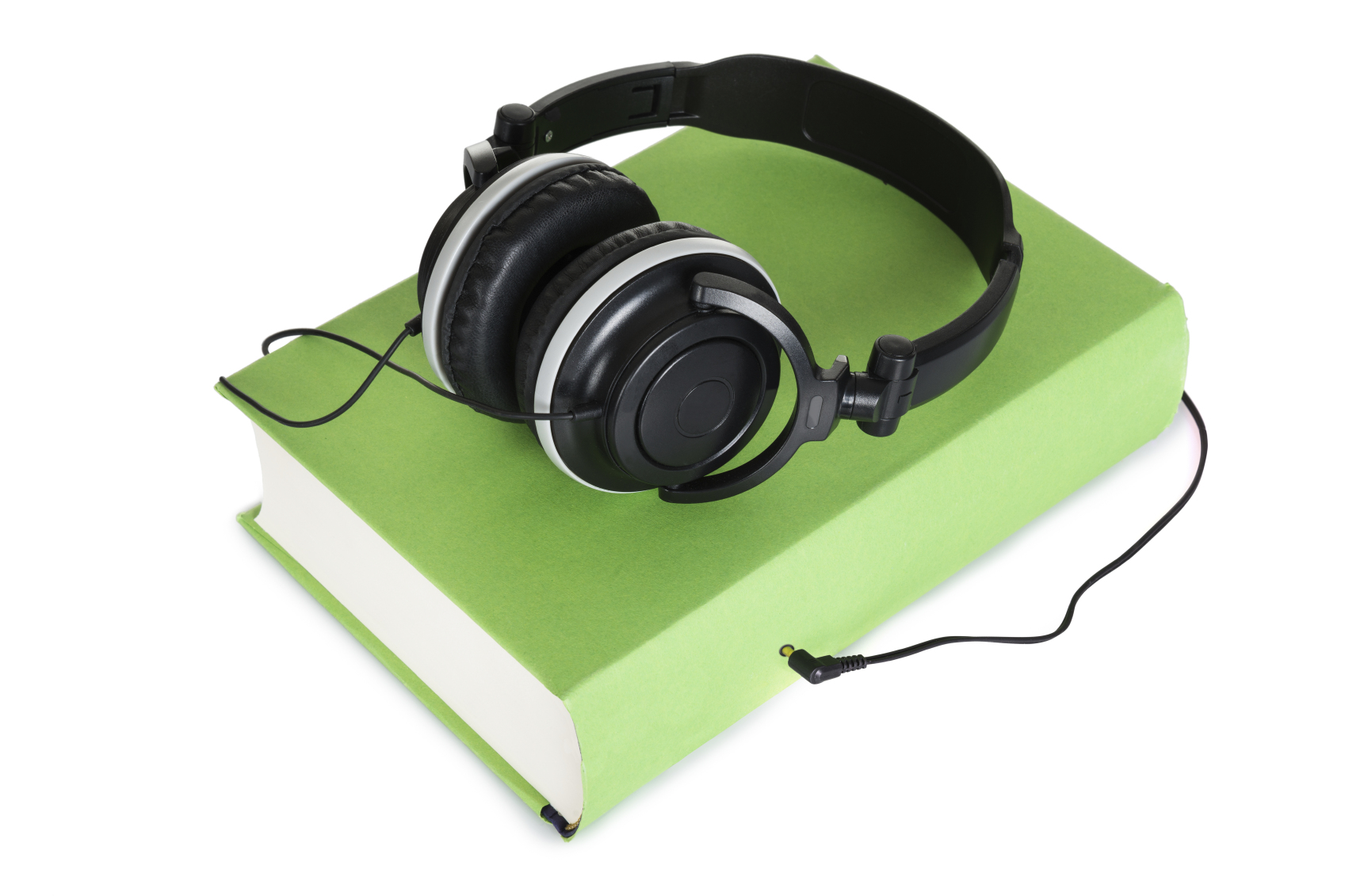Using reading while listening in English as a foreign language (EFL) learning context
DOI:
https://doi.org/10.21070/jees.v5i2.840Keywords:
language input, reading while listening, listening comprehension, reading comprehensionAbstract
The benefits of reading while listening for English as a Foreign Language (EFL) learners have been investigated in different EFL learning contexts. Some studies found that simultaneous reading while listening promotes positive impacts on students’ reading and listening skills. It also helps L2 learners’ fluency and comprehension of reading and listening. Moreover, it can assist L2 learners in acquiring new language input in a new learning environment. Hence, this article reviews some research papers related to the implementation of reading while listening (RWL) program in EFL learning context. Furthermore, to answer the research questions: 1) What is reading while listening?; 2) What are the effects of using reading while listening for EFL learners? How to apply the reading while listening program within the EFL classroom? To answer these questions, this article examines the use of RWL for EFL learners based on the research methodology, subject, instrument used, result and suggestion, including the principles of implementing simultaneous reading and listening within the EFL classroom.
HIGHLISGHTS
Highlights
- Reading While Listening (RWL)simultaneously can support students with low reading or listening fluency rate.
- Simultaneous reading while listening affects students reading and listening skills for a long period of time.
- A guideline of RWL program implementation based on ER/EL principles is discussed thoroughly.
Downloads
References
Askildson, L.R. (2011). Theory and Pedagogy of Reading While Listening: Phonological Recording for L2 Reading Development. Journal of Linguistics and Language Teaching, 2(2), pp. 267-285.
Blevins, W. (2005). The importance of reading fluency and the English language learner. The Language teacher, 29, pp 13-16.
Brown, R., Waring, R., & Donkaewbua, S. (2008). Incidental vocabulary acquisition from reading, reading-while-listening, and listening to stories. Reading in Foreign Language, 20, pp. 136-163.
Chang, C.S., & Read, J. (2006). The effects of listening support on the listening performance of EFL learners. TESOL Quarterly, 40, pp. 375 -397.
Chang, C.S. (2008). Enhancing Second Language Competence through Extensive Listening Activities: Its Effectiveness. Bookman Books, Difficulties, and Solutions. Taipei, Taiwan.
Chang, C.S. (2009). Gains to L2 listeners from reading while listening vs. listening only in comprehending short stories. System, 37, pp. 652-663.
Chang, C.S., & Millet, S. (2015). Improving reading rates and comprehension through audio assissted extensive reading for beginner learners. System, 52, pp. 91-102.
Day, R. & Bamford, J. (1998). Extensive Reading in the Second Language Classrom. Cambridge, England: Cambridge University Press.
Day, R., & Bamford, J. (2002). Top ten principles for teaching extensive reading. Reading in a Foreign Language, 14, pp.136-141.
Day, R. & Bamford, J. (2004). Extensive reading activities for language teaching. New York: Cambridge University Press.
Extensive Reading Foundation. (2011). Extensive Reading Foundation’s guide to extensive reading. From http://erfoundaion.org/wordpress/wp-content/uploads/2013/08/ERF_Guide.pdf
Friedland, A., Gilman, M., Johnson, M., & Demeke, A. (2017). Does Reading-While-Listening Enhance Students’ Reading Fluency? Preliminary Results from School Experiments in Rural Uganda. Journal of Education and Practice, 8(7), pp. 82-95.
Gobel, P. (2011). The effect of reading while listening on TOEFL gains. Forum of Higher Education Research, 1(1), pp. 44-51.
Gobel, P., & Kano, M. (2014). Implementing a year-long reading while listening program for Japanese University EFL students. Computer Assisted Language Learning, 27(4), pp. 279-293.
Goh, C. (1999). How much do learners know about the factors that influence their listening comprehension?. Hongkong Journal of Applied Linguistics, 4(1), pp. 17-40.
Hafiz, F. M., & Tudor, I. (1989). Extensive reading and the development of language skills. ELT Journal, 43(1), 4-13.
Hill, J. R., & Hannafin, M. J. (2001). Teaching and Learning in Digital Environments: The Resurgance of Resource-Based Learning. ETR&D,49(3), pp. 37 – 52.
Mason, B., & Krashen, S. (1997). Extensive reading in English as a foreign language. System, 25(1), 91-102.
Milliner, B. (2019). Comparing Exensive Reading to Extensive Reading-While-Listening on Smartphones: Impacts on Listening and Reading Performance for Beginning Students. The Reading Matrix: An International Online Journal, 19 (1), pp. 1-19.
Nuttal, C. (1982). Teaching reading skill in a foreign language. London: H einemann Educational.
Osada, N. (2001). What strategy do less proficient learners employ in listening comprehension? A reappraisal of bottom-up and top-down processing. Journal of the Pan-Pacific Association of Applied Linguistics, 5, pp. 73-90.
Renandya, W., & Jacobs, G. M. (2016). Extensive Reading and Listening in the L2 Classroom. In W.A. Renandya, &
Handoyo, P. (Eds.), English language teaching today, pp. 97-110. New York, NY: Routledge.
Robb, T. N., & Susser, B. (1989). Extensive reading vs. skills building in an EFL context. Reading in a Foreign Language, 5(2), 1-9.
Rodrigo, V., Krashen, S., & Gribbons, B. (2004). The effectiveness of two comprehensible-input approaches to foreign language instruction at the intermediate level. System, 32(1), 53-60.
Samuels, S. J. (2006). Reading fluency: Its past, present, future. In T.V. Rasinski, C. Blachowicz, & K. Lems (Eds), Fluency instruction: Researc-based best pracices (pp. 7-20). New York: The Guilford Press.
Smith, K. (2007).The effect of adding SSR to regular instruction. Selected papers from the Sixteenth International Symposium on English Teaching. Taipei: Crane.
Vandergift, L. (2007). Recent developments in second and foreign language listenign comprehension research. Language Teaching, 40, pp. 191-210.
Woodall, B. (2010). Simultaneous Listening and Reading in ESL: Helping Second Language Learners Read (and Enjoy Reading) More Efficiently. TESOL Journal, 1(2), pp. 186-205.
Yang, A. (2001). Reading and the non-academic learner: A mystery solved. System, 29(4), 451–466.

Published
How to Cite
Issue
Section
License
Copyright (c) 2020 Inayati Fitriyah Asrimawati, Margana Margana

This work is licensed under a Creative Commons Attribution 4.0 International License.







